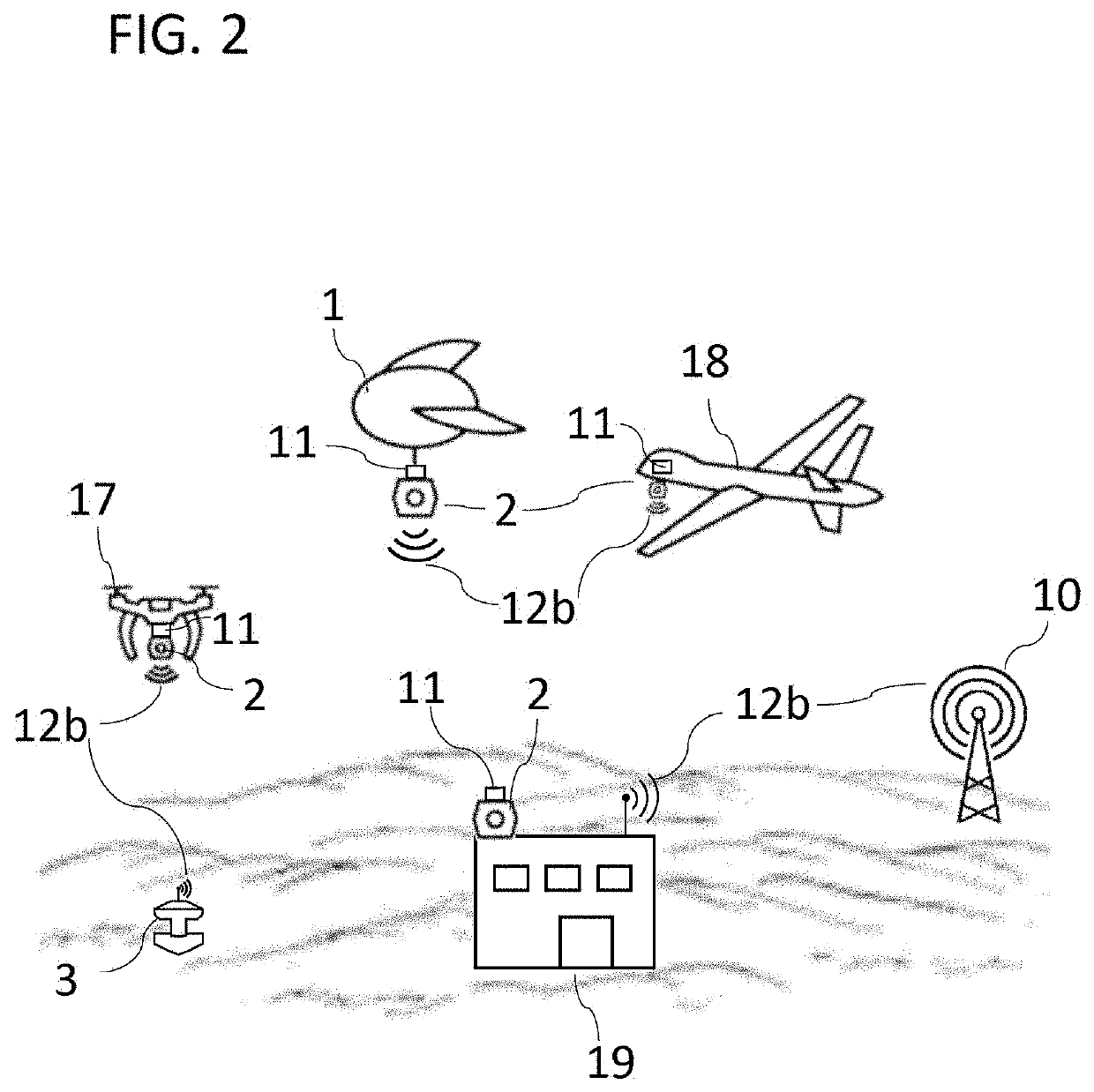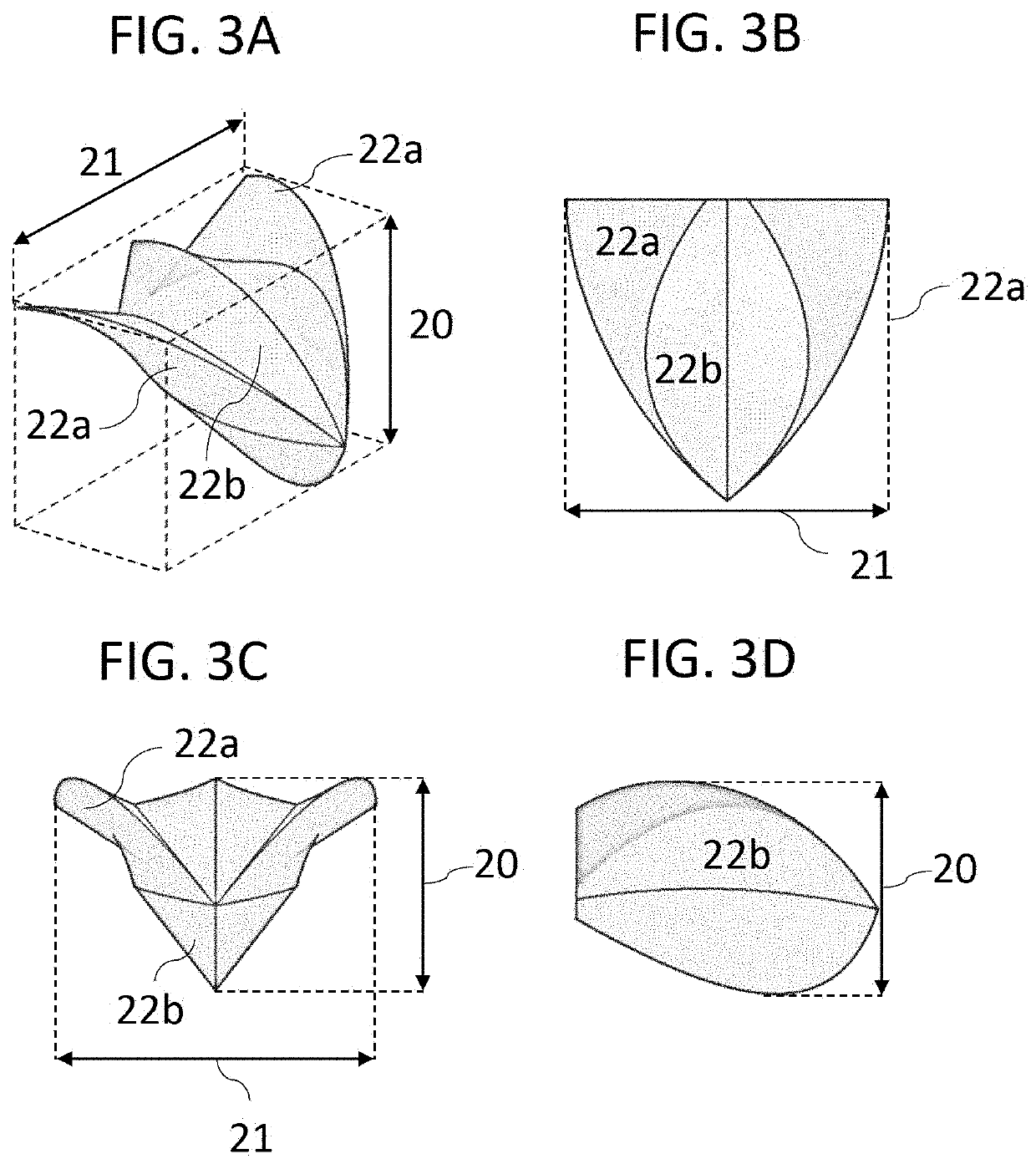System and method for the early visual detection of forest fires using a deep convolutional neural network
a deep convolutional neural network and forest fire technology, applied in scene recognition, instruments, computing, etc., can solve the problems of increasing exponentially, increasing the loss of lives and resources, and increasing the impact of wildfires on local economies,
- Summary
- Abstract
- Description
- Claims
- Application Information
AI Technical Summary
Benefits of technology
Problems solved by technology
Method used
Image
Examples
Embodiment Construction
[0037]Disclosed is a Wildfire Early Detection System, based on to a deep Convolutional Neural Network image recognition Algorithm to detect Plumes of Smoke in videos supplied by a Wildfire Surveillance System working on various types of fixed and moving platforms, and in particular on autonomous UAVs. The System is an intelligent, 24 / 7 aerial monitoring solution that combines technology from drones, Computer Vision and IoT (or Internet of Things). It is comprised of a network of autonomously operating hardware components, including drones, Aerostats and Towers armed with high-powered RGB and thermal Cameras positioned in strategic vantage points. It also includes aerial and Ground Sensors that monitor a multitude of additional variables. The AI (Artificial Intelligence) software controls the ecosystem of constant inputs and provides smarter solutions for numerous applications, including; forest fire early detection, security, crop analysis, construction monitoring, workforce monitor...
PUM
 Login to View More
Login to View More Abstract
Description
Claims
Application Information
 Login to View More
Login to View More - R&D
- Intellectual Property
- Life Sciences
- Materials
- Tech Scout
- Unparalleled Data Quality
- Higher Quality Content
- 60% Fewer Hallucinations
Browse by: Latest US Patents, China's latest patents, Technical Efficacy Thesaurus, Application Domain, Technology Topic, Popular Technical Reports.
© 2025 PatSnap. All rights reserved.Legal|Privacy policy|Modern Slavery Act Transparency Statement|Sitemap|About US| Contact US: help@patsnap.com



